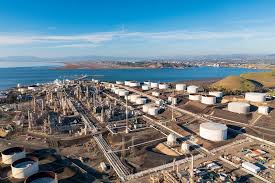Today's KNOWLEDGE Share: Differential shrinkage driven warpage problem

Today's KNOWLEDGE Share How to experimentally spot a differential shrinkage driven warpage problem ? If you are molding a relatively uniform thickness part and suffer from warpage, there is a nice trick to experimentally separate the contribution of differential shrinkage from other sources of problems (differential cooling, anisotropy). Just make parts that are roughly full (say, 99% full), with zero packing (no pressure, no time). By not packing, you avoid packing one area better than another (for instance overpacking the gate area vs. distant areas). As a result you have a lighter part, with sink marks all over and voids, but with essentially NO DIFFERENTIAL SHRINKAGE. If this "short shot" is flatter than your packed part, you have experimentally demonstrated a strong contribution from "uneven packing", i.e. differential shrinkage. source:Vito leo





